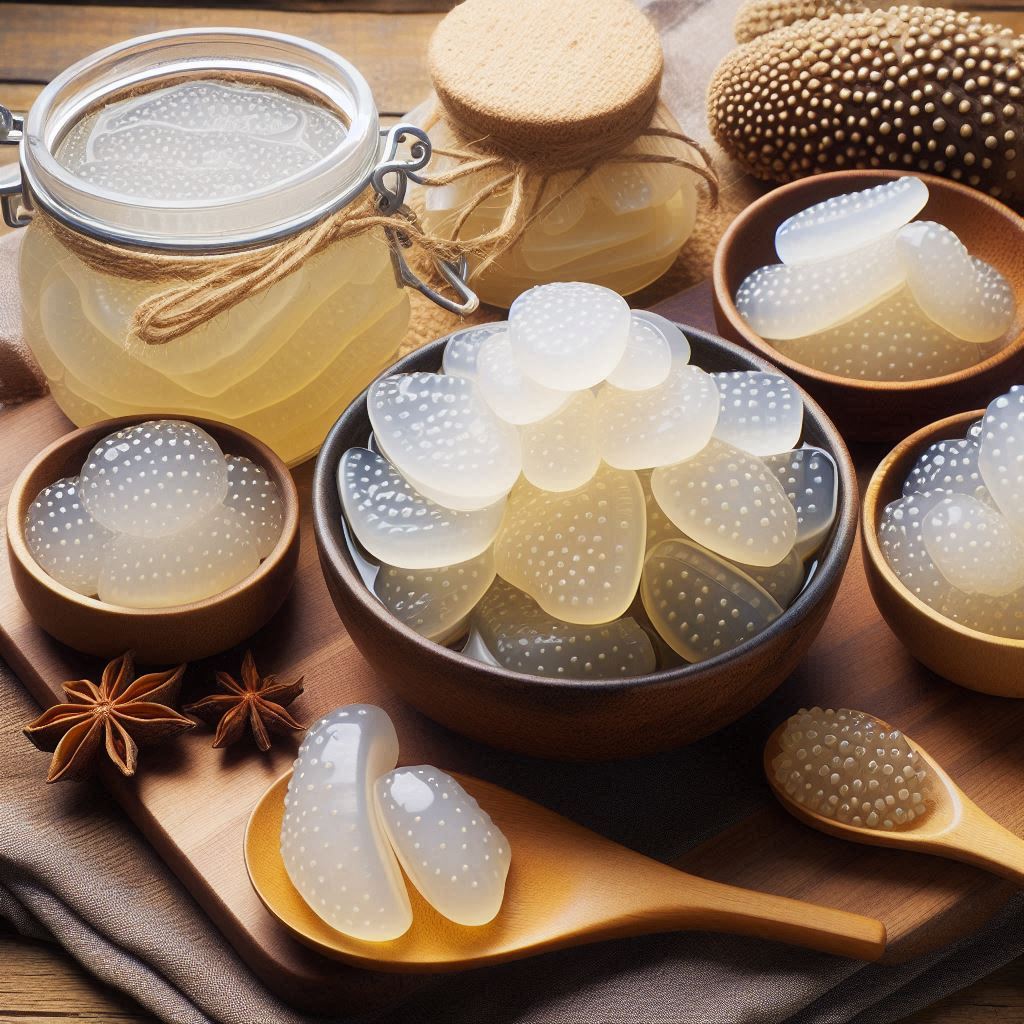
Understanding Konjac Jelly: What is it and Why Proper Storage Matters
Konjac jelly, a popular health food originating from Asia, is gaining attention worldwide for its unique texture and impressive nutritional profile. Made from the root of the konjac plant, this jelly is low in calories and high in fiber, making it an excellent choice for those seeking a healthy snack or weight management aid. One of the key nutritional benefits of konjac jelly is its high content of glucomannan, a type of soluble fiber that can aid digestion and promote feelings of fullness.
However, to fully enjoy these benefits, proper storage of konjac jelly is essential. Like many other food products, its shelf life can be affected by how it is stored. Typically packaged in individual servings or pouches, konjac jelly should be kept in a cool, dry place away from direct sunlight to maintain its quality and safety. Once opened, it’s best to refrigerate any unused portions to preserve freshness.
Understanding the importance of storing konjac jelly correctly not only extends its shelf life but also ensures you reap all the nutritional advantages it offers without compromising on taste or safety. By paying attention to storage recommendations on packaging and using common sense practices like refrigeration after opening, you can make the most out of this versatile and nutritious treat.
The Basics of Storing Konjac Jelly at Room Temperature
When it comes to storing konjac jelly at room temperature, understanding the basics can help maintain its quality and safety. Unopened konjac jelly is typically designed for room temperature storage, thanks to its airtight packaging, which prevents contamination and extends shelf life. However, it’s essential to pay attention to packaging considerations. Ensure that the packaging is intact without any punctures or tears, as this could compromise the jelly’s freshness.
Ambient conditions for storage play a crucial role in preserving konjac jelly. Ideally, it should be kept in a cool, dry place away from direct sunlight and sources of heat or moisture. Excessive heat can alter the texture of the jelly, while moisture may encourage mold growth if the package integrity is compromised.
By adhering to these simple guidelines for room temperature storage and being mindful of packaging conditions and ambient environment, you can enjoy your konjac jelly at its best whenever you choose to indulge in this unique treat.
Refrigeration Tips for Extending the Freshness of Opened Konjac Jelly
Refrigerating konjac jelly properly can significantly extend its freshness and ensure you enjoy its unique texture and flavor for longer. Once opened, konjac jelly should be stored in the refrigerator to maintain its quality. Typically, opened konjac jelly can last in the fridge for about 5 to 7 days. However, following a few simple tips can help maximize its shelf life.
Firstly, always store your opened konjac jelly in an airtight container. This prevents it from absorbing odors from other foods in the fridge and helps maintain its moisture content. Secondly, keep your refrigerator at a consistent temperature of around 35-40°F (1-4°C) to provide an optimal environment for preserving the jelly’s freshness.
Additionally, avoid placing the container near the fridge door where temperature fluctuations are more common due to frequent opening and closing. By following these refrigeration tips, you can keep your konjac fresh longer and enjoy it without worrying about spoilage.
The Role of Freezing in Preserving Konjac Jelly: Is it Recommended?
Konjac jelly, known for its unique texture and low-calorie content, is a popular choice among health-conscious consumers. However, when it comes to preserving this delicate product, many wonder about the role of freezing. Can you freeze konjac products effectively without compromising their quality?
Freezing konjac jelly is possible, but it requires careful handling to maintain its signature texture. When freezing konjac products, it’s essential to store them in airtight containers or freezer bags to prevent moisture loss and freezer burn. This step ensures that the jelly retains its moisture content during storage.
When it comes time to thawing frozen konjac safely, patience is key. It’s best to transfer the frozen jelly from the freezer to the refrigerator and allow it to thaw slowly overnight. This gradual process helps preserve its structure and prevents any unwanted changes in consistency.
In summary, while freezing can be a useful method for extending the shelf life of konjac jelly, following these tips will help ensure that your product remains as enjoyable as when it was first prepared.
Avoiding Common Mistakes When Storing Konjac Jelly
When it comes to enjoying konjac jelly, proper storage is key to maintaining its quality and extending its shelf life. One of the most common storage mistakes with konjac jelly is exposing it to direct sunlight or high temperatures, which can significantly reduce its shelf life. To avoid this, always store konjac jelly in a cool, dry place away from heat sources.
Another crucial factor is ensuring the packaging remains sealed until you’re ready to consume the jelly. Once opened, it’s best to refrigerate any unused portions and consume them within a few days to prevent spoilage. Be vigilant for spoilage signs in stored konjac such as changes in texture, unusual odors, or discoloration. These indicators suggest that the product may no longer be safe to eat.
By understanding these storage pitfalls and being attentive to any changes in your konjac jelly’s appearance or smell, you can enjoy this healthy snack safely while maximizing its freshness and flavor.
Conclusion: Optimal Storage Practices to Enjoy Fresh and Delicious Konjac Jelly Anytime
To ensure that your konjac jelly remains fresh and delicious, adhering to optimal storage practices is essential. First and foremost, always store unopened packages of konjac jelly in a cool, dry place away from direct sunlight. This helps maintain its texture and flavor integrity. Once opened, it’s best to refrigerate the jelly in an airtight container to prevent it from absorbing any unwanted odors or moisture from the surrounding environment.
It’s also important to pay attention to expiration dates and consume the jelly before it loses its peak quality. If you have purchased bulk quantities, consider portioning them into smaller servings that can be easily accessed without exposing the entire batch to air each time. By following these simple yet effective storage techniques, you can enjoy the delightful taste and health benefits of konjac jelly whenever you desire.






